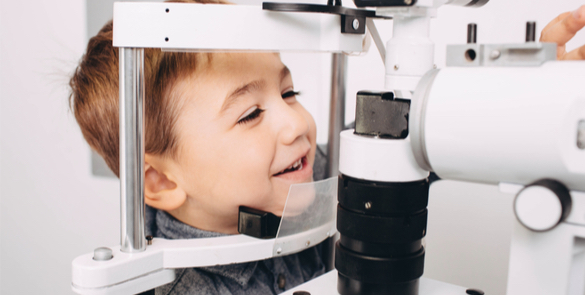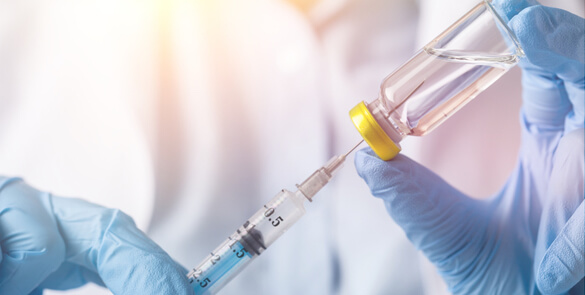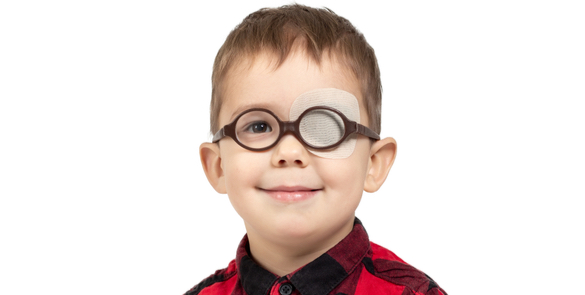Myopia is a common refractive condition which causes individuals to be near-sighted: they see near objects clearly but distant objects are blurry. Myopia occurs when the cornea and lens focus the light in front of the retina instead of exactly on it. Symptoms of myopia include; difficulty seeing distant objects, squinting frequently, holding books or… Continue reading Myopia
Lacrimal Probing in Children
The tear duct is a channel/passage which runs from a tiny opening in the medial lids through the bone to the inside of the nose, and drains the tears and mucus the eye produces. It should open just before or just after birth but sometimes remains blocked for a considerable time after that, causing watering… Continue reading Lacrimal Probing in Children
About Intravitreal Injection
The macula is the central part of the retina at the back of the eye. It is responsible for fine vision (reading, writing, watching television, and recognising faces). Patients with diabetes may develop macular oedema (swelling of the retina) due to leaking of fluid from blood vessels. This causes the vision to become blurred. A… Continue reading About Intravitreal Injection
High Precision Refractive Surgery
When you decide on an eye laser treatment, you expect the best possible results. The more fully developed the methods are, the better the outcome will be. The SCHWIND AMARIS 750S offers you the leading technology for your laser treatment – superior in all important aspects: Speed, precision, safety and comfort.
Dacryocystorhinostomy
[:en]Blocked Tear Duct. The tear ducts start at the inner corner of the eye with two small holes in the corner of the eyelids. Each hole is known as a punctum, they lead into small tubes known as canaliculi, which in turn drains into the lacrinal sac. This lies between the corner of your eye… Continue reading Dacryocystorhinostomy
Amblyopia Therapy
What is Amblyopia? Lazy eye – the medical term is Amblyopia – is a common eye condition amongst younger children. It means that one eye is not developing properly and becomes ‘lazy’ because the brain is working harder with the good eye to compensate. The problem is that if the brain ignores the lazy eye,… Continue reading Amblyopia Therapy
Optometrist
[:en]Patients who need to have a vision test or have glasses/contact lenses fitted to correct their vision, go to an Optometrist. An Optometrist is a health care professional who is licensed to provide primary eye care services. Optometrists examine and diagnose vision defects such as near sightedness, farsightedness, astigmatism (blurred vision), and presbyopia (reduced ability… Continue reading Optometrist
Medical Retina Clinics
[:en]The team in this service treats conditions at the back of the eye, which are treated medically using drugs, eye drops or lasers, and includes diabetic eye screening. Conditions treated by clinicians in this service include age-related macular degeneration (AMD), retinitis pigmentosa, diabetic retinopathy, retinal blood vessel blockages and inflammation at the back of the… Continue reading Medical Retina Clinics
Low Vision Aids
[:en]Where good vision cannot be achieved with spectacles or contact lenses, patients can be assessed in our low vision clinic. During a low vision assessment, one of our optometrists will perform an examination to identify any refractive errors (problems with focusing) and demonstrate low vision devices such as specialist spectacles, magnifiers or telescopes that could… Continue reading Low Vision Aids
Paediatric Cataract
[:en]Our paediatric team can manage complex congenital cataracts. The management of congenital cataract is very different to the treatment of a routine age-related cataract. In adults, surgery may be delayed for years without affecting the visual outcome. In infants, if the cataract is not removed during the first year of life, the vision will never… Continue reading Paediatric Cataract
Corneal cross-linking
[:en]Corneal cross-linking (CXL) is a treatment for patients with keratoconus which can prevent their condition getting worse. CXL is successful in preventing the condition deteriorating in more than 90% of cases. After treatment, you will still need to wear spectacles or contact lenses. Keratoconus gets worse because the cornea weakens. CXL, also known as C3R,… Continue reading Corneal cross-linking
Dacrocystorhinostomy
[:en]This is an operation to form a new tear drain between your eye and nose when there has been a blockage. If the normal drainage passage gets blocked or narrow, you might get a watery eye or repeated eye infections. During DCR, your tear drainage passages are opened so that the tears can drain into… Continue reading Dacrocystorhinostomy




